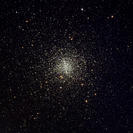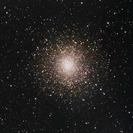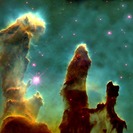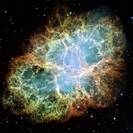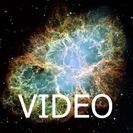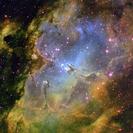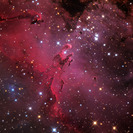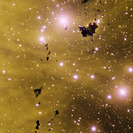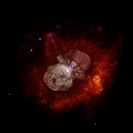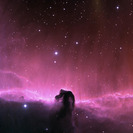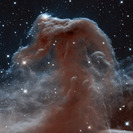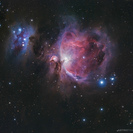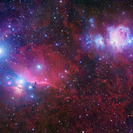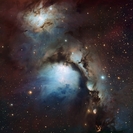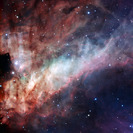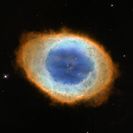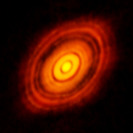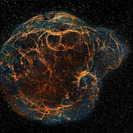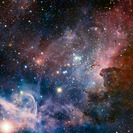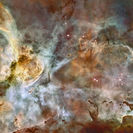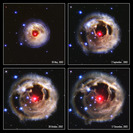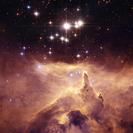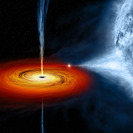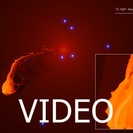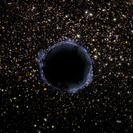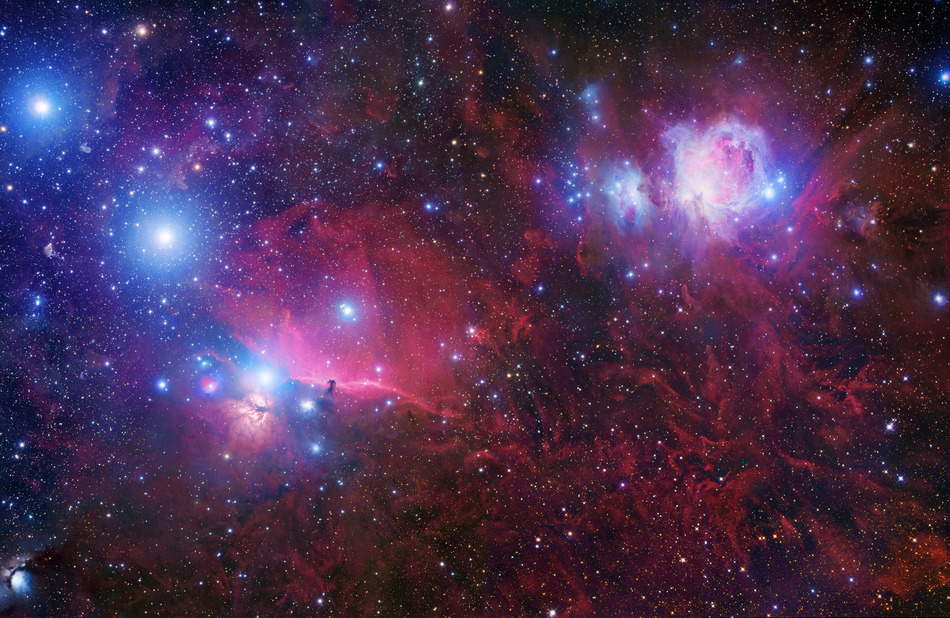You know the constellation of Orion by its three bright stars in a row? Well, there would be a lot more to observe if our eyes were better at gathering the faint light of the night sky. With the unaided eye you can mainly see the three massive stars that make up the belt of Orion (on the left) as well as the Orion Nebula (upper right) and, to its left, the Running Man nebula, a bluish reflection nebula. But there is much more to see in this region of the sky:
- the Flame Nebula (below Alnitak, the lowest star of the belt): a red emission nebula with dark filaments of dust.
- the Horsehead Nebula (to the right of Alnitak): an accumulation of dense dust with many stars that are currently being born inside the horsehead, they can be revealed by observing in infrared light.
- M78: a gorgeous reflection nebula (to the lower left corner of the image).
- a lot of gas and dust covering an area of about 4 x 8 degrees in the sky (for comparison: a full moon has a diameter of 0.5°).
This huge area is about 1500 to 1600 light years away and hundreds of light years across. It's the nearest star-forming region to us in the entire universe. In the full resolution image you can see many details.

